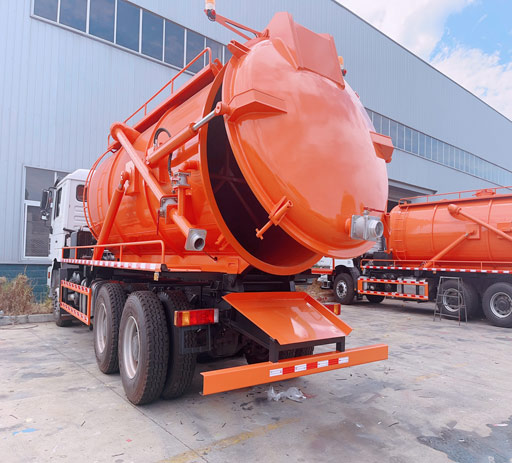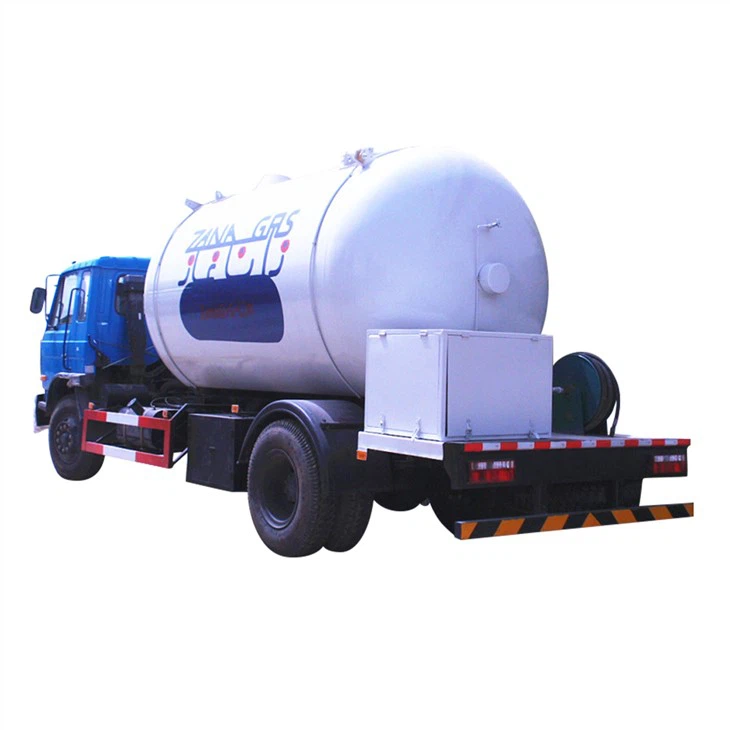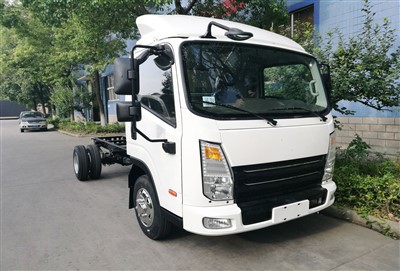The Chevrolet Silverado is a hallmark of American trucks, renowned for its power, durability, and versatility. When choosing the right Silverado, prospective buyers often grapple with the decision between the extended cab and the crew cab configurations. This article will delve into the intricacies of both options, dissecting their features, pros, cons, and practical applications to help you make an informed decision.
Understanding the Basics of Cab Configurations
What Is an Extended Cab?
The extended cab configuration offers extra seating capacity compared to a standard cab but maintains a smaller overall size. Typically, it features two front doors and two smaller rear doors that open from the front. This configuration is ideal for those who need occasional rear-seat access but prioritize cargo space.
What Is a Crew Cab?
In contrast, the crew cab configuration consists of four full-size doors, providing easier access to the rear seats. This design allows for more comfortable seating for passengers, making it a preferred choice for families and those who often travel with friends or clients.
Comparative Overview
Dimensions and Space
| Feature | Extended Cab | Crew Cab |
|---|---|---|
| Overall Length | Similar to Crew Cab | Longer due to additional space |
| Cab Length | Approximately 6 feet | Approximately 7 feet |
| Rear Seating | Tighter, less legroom | Spacious, comfortable |
| Cargo Space | More bed space due to cab size | Less bed space than Extended Cab |
Passenger Capacity
The extended cab typically accommodates up to five passengers, while the crew cab can comfortably seat up to six. This distinction significantly influences family-oriented buyers.
Comfort Level
Due to its design, the crew cab offers more legroom, making long journeys comfortable. The extended cab, however, is pragmatic for short trips or occasional use.

Usage Scenarios
Best Use Cases for Extended Cab
The extended cab is best for those who use their truck primarily for work purposes. Its additional cargo space is advantageous for hauling tools or equipment. It’s a great choice for:
- Construction workers needing to transport gear.
- Individuals who prioritize towing capabilities.
- Occasional family use, but primarily for business.
Best Use Cases for Crew Cab
The crew cab suits families and those who frequently transport friends or clients. Ideal scenarios include:

- Road trips with family or friends.
- Professionals needing to transport colleagues.
- Anyone prioritizing passenger comfort over bed space.
Performance and Handling
Engine Options and Towing Capacity
Both extended cab and crew cab Silverados offer similar engine options, such as the 4.3L V6, 5.3L V8, and 6.2L V8, providing ample power for towing and hauling. However, towing capacity largely depends on the overall configuration and optional towing packages rather than the cab type.
Driving Experience
The driving experience can vary between the two cab types. The extended cab may feel slightly more manageable in tight spaces due to its smaller rear area, while the crew cab may offer better visibility due to its larger windows.
Cost Differences
Purchase Price
On average, extended cab models cost less than their crew cab counterparts, making them attractive for budget-conscious buyers. Analyzing the price differences is important:
| Model | Extended Cab Price | Crew Cab Price |
|---|---|---|
| Base Model | $30,000 | $34,000 |
| Mid-Range Model | $35,000 | $39,000 |
| High-End Model | $45,000 | $50,000 |
Operating Costs
Operating costs are often equivalent across both models, including insurance and maintenance. However, extended cab owners might incur slightly lower fuel costs due to reduced weight.
Safety Features
Safety Ratings
Both configurations boast similar safety features, including advanced airbag systems, stability control, and optional driver assistance systems. However, crew cabs may provide additional crumple zones, enhancing passenger safety.
Driver Assistance Technologies
Common technology includes systems for lane-keeping assistance, adaptive cruise control, and blind-spot monitoring. These are generally available on both cab types but may vary based on the trim level.
Practical Usage Examples
Extended Cab Usage Scenario
Imagine a contractor who needs to transport tools and materials daily. The extended cab Silverado offers maximum bed space for hauling and adequate rear-seating for short trips with job site helpers.
Crew Cab Usage Scenario
Consider a family planning a week-long camping trip. The crew cab provides ample room for the whole family, their gear, and comfortable seating for every passenger, making for a pleasant experience on the road.
Resale Value and Longevity
Depreciation Trends
Both cab configurations hold competitive resale values, although crew cabs may fetch higher prices due to their popularity and demand among buyers seeking family and passenger transportation.
Longevity Factors
Durability may depend more on individual usage and maintenance rather than cab configuration, but buyers should consider the expected mileage based on their intended use.
Customer Reviews and Feedback
What Buyers Say About Extended Cab
Many users appreciate the extended cab’s affordability and practicality for work purposes, citing sufficient space for the daily haul.
What Buyers Say About Crew Cab
Feedback highlights the comfort and family-friendly nature of the crew cab. Owners often mention its suitability for long trips and everyday driving.
FAQs
1. Which cab configuration is more fuel-efficient?
Generally, extended cabs may offer slightly better fuel efficiency due to their lighter weight, but engine and driving conditions also play crucial roles.
2. Can I fit a car seat in both cab types?
Yes, both cab configurations can accommodate car seats, but the crew cab offers more space for easy installation and additional comfort.

3. Is the extended cab a good option for families?
While it can work for small families or occasional use, families with more than two children may find the crew cab a more fitting choice due to its larger seating capacity.
4. What is the average towing capacity for both cab types?
Both the extended cab and crew cab Silverados have similar towing capacities, usually ranging from 7,000 to 13,000 pounds, depending on the engine and drivetrain options chosen.
5. Are there any significant safety differences between the two configurations?
There are no major safety differences; both configurations offer similar safety features. However, crew cabs may have advantages in terms of passenger safety thanks to their design.
6. How do I decide which cab is best for my needs?
Consider your typical usage: if you prioritize cargo space and infrequent rear seating, the extended cab is ideal. If family comfort and passenger space are your main concerns, the crew cab is the better option.